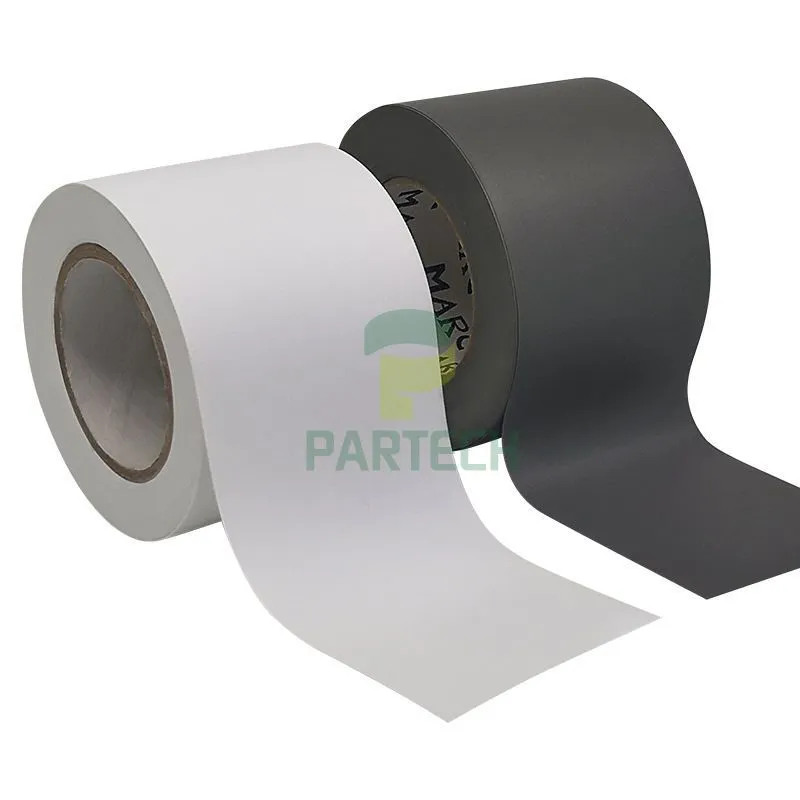How to Use Insulation Non-Glue Air Conditioner Tape for Optimal Efficiency
2024-11-07
Insulating your air conditioning system is crucial for maintaining efficiency and reducing energy costs. One of the most effective tools for this purpose is insulation non-glue air conditioner tape. This tape is specially designed to insulate pipes and ducts without the use of sticky adhesives, making it easier to apply and remove as needed. Here’s a guide to using this tape effectively and the different ways it can help improve your AC system.
1. Key Features of Insulation Non-Glue Air Conditioner Tape
- Flexible and Easy to Use: The non-glue design makes it easy to wrap and remove without damaging the surface. This flexibility allows you to fit the tape around bends, joints, and irregular shapes easily.
- No Mess, No Residue: Without adhesive, you won’t have to worry about sticky residue being left behind, which is especially helpful for temporary installations and regular maintenance.
- Durability: Most non-glue air conditioner tapes are made from materials like foam or rubber, which are resistant to temperature fluctuations, moisture, and wear.
2. Preparing for Installation
Before applying the tape, ensure that the surface you’re working with is clean and dry. Although the tape doesn’t have adhesive, a clean surface helps the tape cling more effectively.
- Measure the Pipe or Duct: Take note of the dimensions of the area you want to insulate. Cutting the tape to the right size beforehand can make the process smoother.
- Identify Key Areas to Insulate: Focus on areas that are most vulnerable to temperature loss, such as joints, bends, and valves. Insulating these areas can make a big difference in the system's efficiency.
3. Applying the Tape
- Start at One End: Begin wrapping the tape around the pipe or duct from one end, making sure to keep it snug but not stretched too tightly. Overlapping the tape slightly with each wrap can provide additional insulation.
- Wrap Joints and Valves Thoroughly: When you reach joints or valves, take extra care to wrap around them tightly. These points are more prone to leaks, so additional insulation can help prevent energy loss.
- Secure the Ends with Clips or Ties: While the tape doesn’t use glue, securing the ends with ties or clips can help keep the insulation in place over time.
4. Best Applications for Non-Glue Insulation Tape
- Outdoor Air Conditioning Units: The non-glue design makes this tape ideal for outdoor units where adhesive may not stick well due to moisture or dust.
- Duct Insulation in High-Humidity Areas: If you’re insulating ducts in a basement or humid environment, the non-glue insulation tape provides moisture resistance without the risk of adhesive deterioration.
- Temporary Insulation Needs: For situations where you might need temporary insulation—such as during repairs or when testing equipment—non-glue tape is an excellent choice. It’s easy to apply and remove without leaving a mess.
5. Tips for Effective Use
- Replace When Necessary: Non-glue insulation tape can last a long time, but inspect it periodically, especially in high-use areas. If it begins to show wear or lose its cling, it’s time to replace it.
- Use in Conjunction with Other Insulation: For maximum efficiency, consider using this tape with other forms of insulation, such as insulated pipe sleeves or reflective wraps, especially in extreme climates.
- Store Properly: When not in use, store the tape in a cool, dry place to prevent degradation over time.
The Benefits of Proper Insulation with Non-Glue Air Conditioner Tape
Using insulation non-glue air conditioner tape is a simple yet effective way to boost your air conditioning system’s performance. By reducing energy loss, you’ll not only improve the system’s efficiency but also reduce energy costs. This type of tape is particularly useful for anyone who needs an easy-to-apply, residue-free solution for AC insulation.
From insulating outdoor units to wrapping pipe joints, non-glue air conditioner tape is a versatile tool that fits a range of HVAC needs. With the right approach and proper application, this insulation solution can make a noticeable difference in comfort and energy savings.



